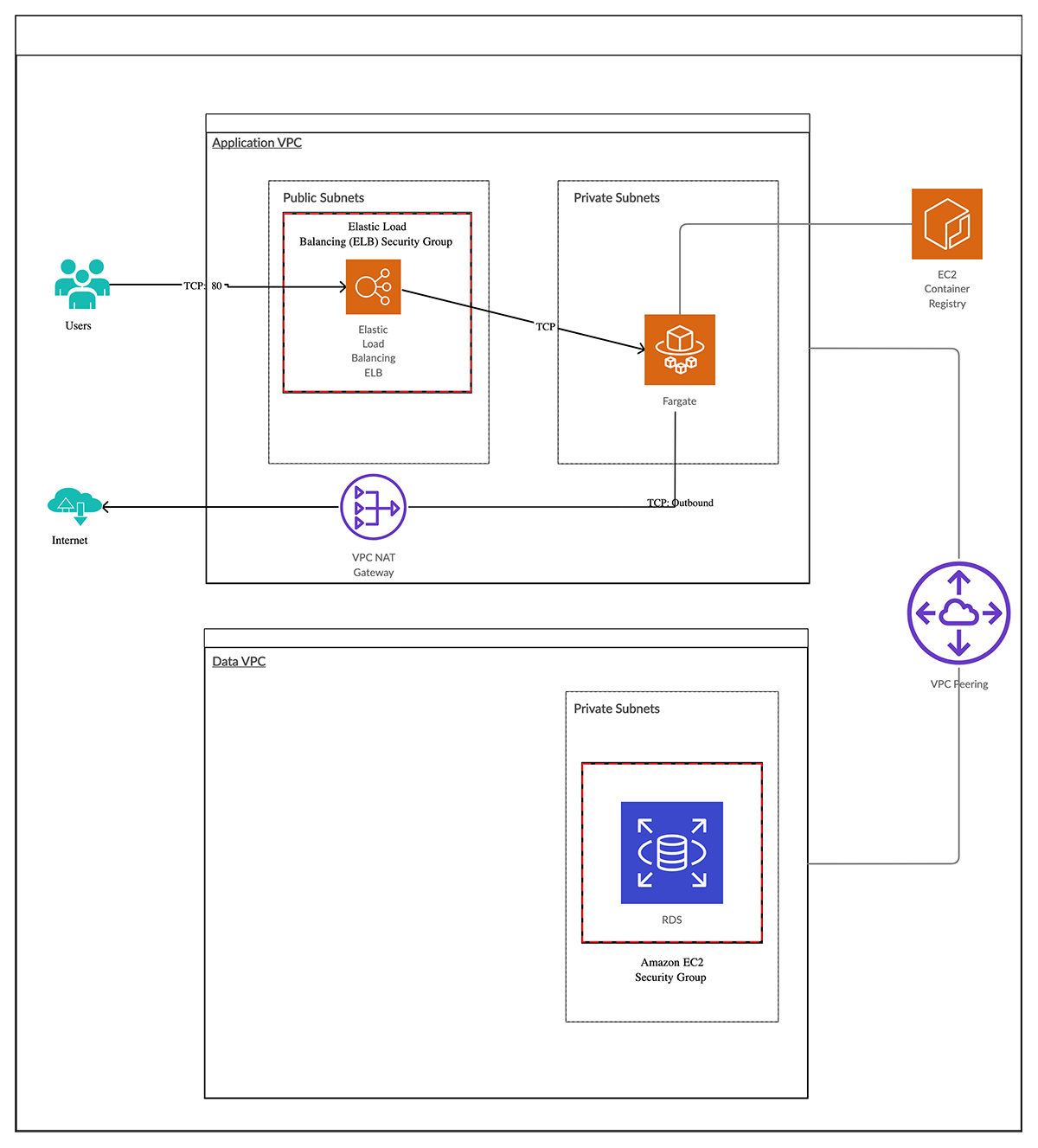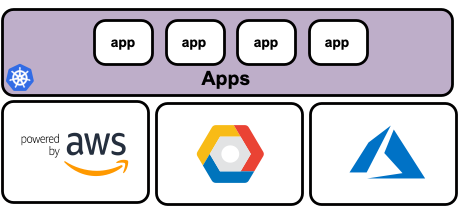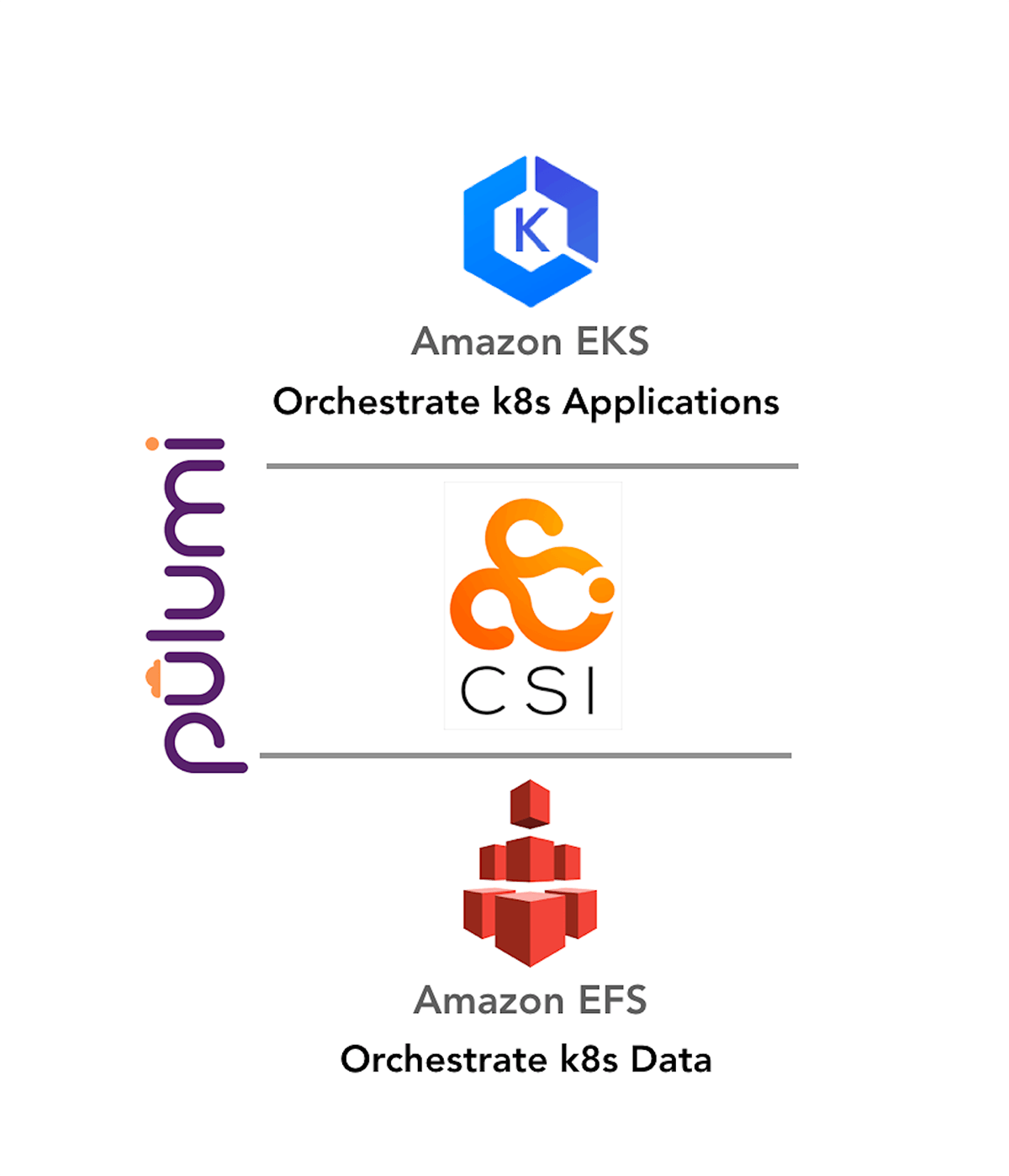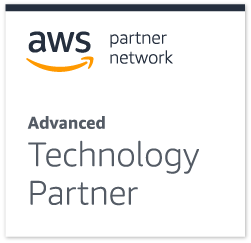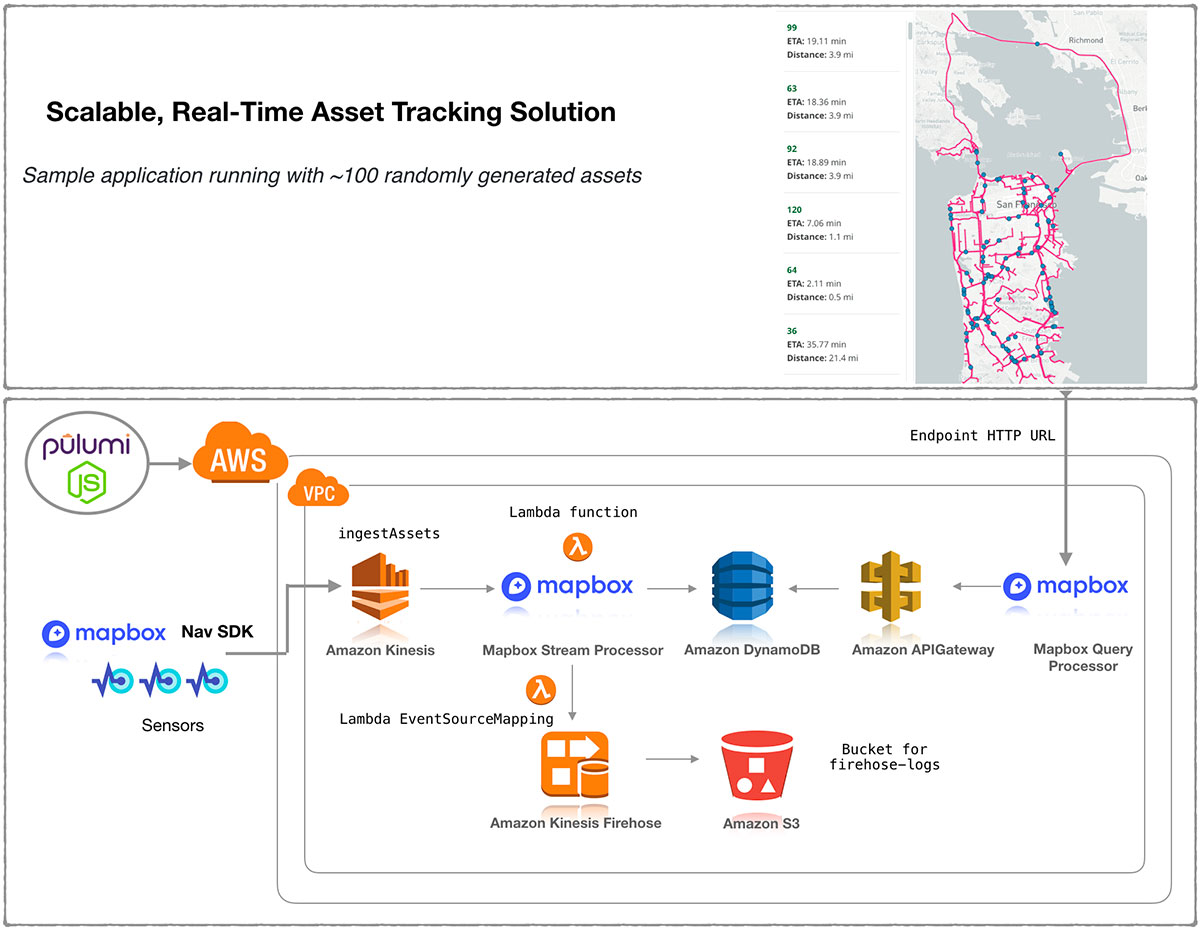Running AWS IAM Access Analyzer at Deployment Time

Yesterday AWS announced an exciting new feature — the AWS Identity and Access Management (IAM) Access Analyzer — a service powered by automated reasoning that detects potentially-insecure access to your AWS resources, including S3 Buckets, SQS Queues, Lambdas, and more. At the same time, Pulumi announced a new policy as code solution, CrossGuard, that validates policies at deployment time. The question is: Can IAM Access Analyzer and Pulumi CrossGuard be combined to get the best of both solutions? The answer is Yes!

